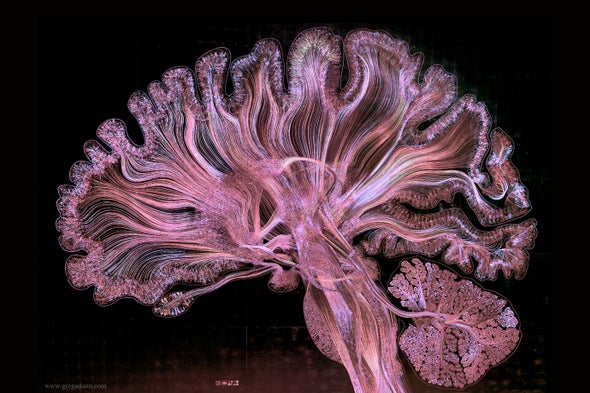Neuroscience + Art
Neuroscience is a fascinating study in the world that can unlock or help humans understand the specifics of their own brains. A part of neuroscience studies that interests me is how memory works. Long-term memory is ingrained with the assumption that a certain task can measure a single cognitive process and that each process is mediated by a single brain region. There are many things that can affect memory such as electrophysiological and behaviors. They provide evidence that indicates how implicit memory can influence explicit memory measures. Memories overall are made by changes in collections of neurons and the connections between them. Each time we think back to a memory, it may change depending on the neural circuits that are engaged at the time while recalling something. That is why remembering isn't the same way every time while looking at memories.
“Memory.” Harvard Health, www.health.harvard.edu/topics/memory. Accessed 19 May 2023.
Nemo, Leslie. “Watch the Human Brain Come to Life in This Stunning Piece of Art.” Scientific American, 21 June 2017, www.scientificamerican.com/article/watch-the-human-brain-come-to-life-in-this-stunning-piece-of-art/.
“Cristina Albu.” CMA Journal - Simon Fraser University, www.sfu.ca/cmajournal/issues/issue-ten--enchantment--disenchantment--reenchantment/cristina-albu.html?fbclid=IwAR1twyrqbeKqNrJSUXSihLVGvX_D9ARndxDv3USnw2pTENE_iXHJtIo8v54. Accessed 19 May 2023.
Connie Blaszczyk | Center for Art. “3Q: The Interface between Art and Neuroscience.” MIT News | Massachusetts Institute of Technology, news.mit.edu/2019/3-questions-sarah-schwettmann-interface-between-art-and-neuroscience-0416. Accessed 19 May 2023.
Acrm. “How the Brain Is Affected by Art - Rehabilitation Medicine.” ACRM, 27 Aug. 2020, acrm.org/rehabilitation-medicine/how-the-brain-is-affected-by-art/#:~:text=Art%20and%20Neuroscience&text=Art%20can%20also%20raise%20serotonin,pathways%20and%20ways%20of%20thinking.
“Cristina Albu.” CMA Journal - Simon Fraser University, www.sfu.ca/cmajournal/issues/issue-ten--enchantment--disenchantment--reenchantment/cristina-albu.html?fbclid=IwAR1twyrqbeKqNrJSUXSihLVGvX_D9ARndxDv3USnw2pTENE_iXHJtIo8v54. Accessed 19 May 2023.



Comments
Post a Comment